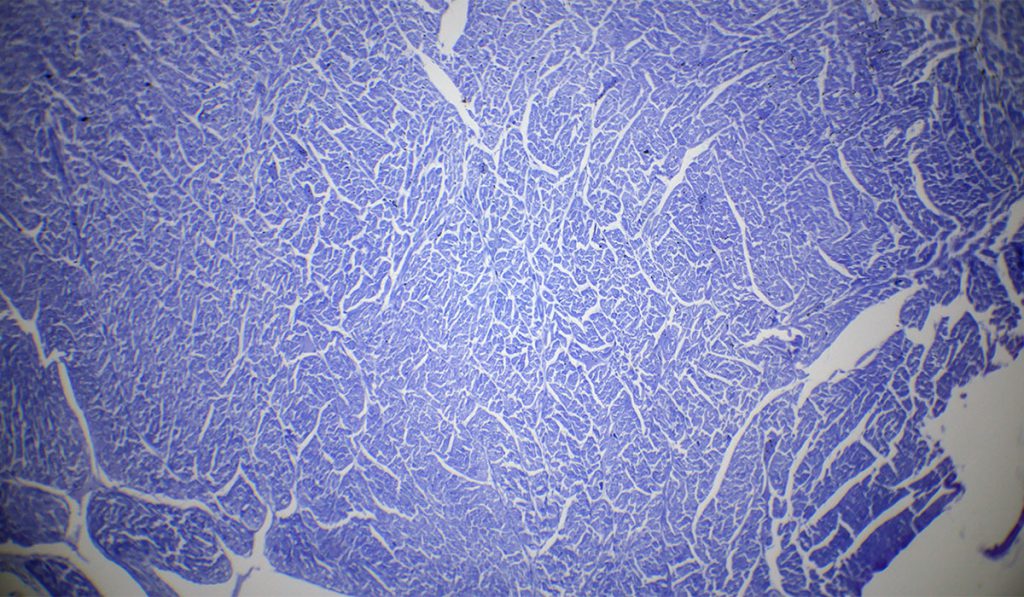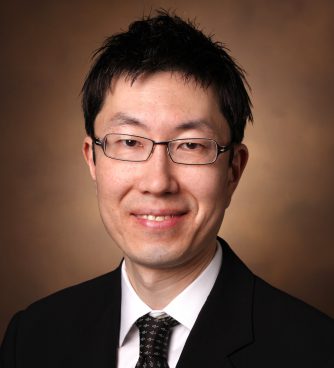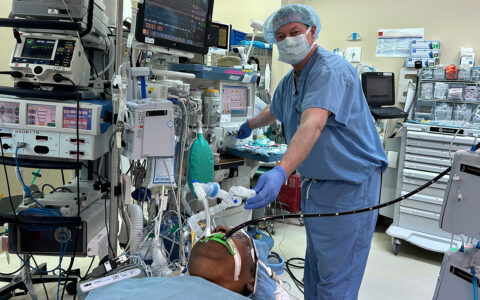The search for effective cell reprogramming is underway in many medical specialties. Conversion of alpha cells to insulin-secreting beta cells holds promise for patients with type 1 diabetes. Cancer cell reprogramming is a leading research target in oncology. The dream of harnessing induced pluripotent stem cells (iPSCs) to reprogram and replace damaged cells is getting incrementally closer to reality.
In cardiology, cell fate reprogramming involves injecting fibrotic tissues with key transcription factors that change the cells’ genetic code to that of cardiomyocytes. Scientists use retroviruses to deliver the code, but bottlenecks have bedeviled the process, resulting in insufficient uptake.
Cardiovascular researcher Young-Jae Nam, M.D., and colleagues at Vanderbilt are working at the forefront of cardiac cell reprogramming. In April, they published a new study in Scientific Reports shedding light on barriers to cardiac cell reprogramming efforts and pointing the way toward more effective delivery of transcription factors.
Nam demonstrated that while two or three of four core transcription factors can make a single fibroblast express cardiac proteins, all four have to be received into the cell to achieve effective sarcomeric structures for contractility. The study concludes that “incomplete co-expression of a defined set of reprogramming factors can be a major cause of reprogramming failure in a significant population of cells at the very early step in cardiac reprogramming processes.”
Fibroblasts Need Full Complement to Convert
The four transcription factors that compose the reprogramming code essential for cardiogenesis are Gata4 (G), Hand2 (H), Mef2C (M) and Tbx5 (T). Nam had previously found that when the factors are individually injected into tissues, conversion rates are not sufficiently high to be clinically viable. For this study, Nam hypothesized that inefficient cardiac reprogramming is, at least in part, due to failure in introducing all four factors into individual fibroblasts.
To test this hypothesis and to find out how many cells were receiving one, two, three or all four of the factors, Nam and his team introduced various combinations and numbers of factors into mouse fibroblasts. They then analyzed the populations for each combination, and found cells expressing all four factors (GHMT) had enhanced development of contractile structures and functions. Those expressing three factors (GMT) displayed limited contractile capabilities.
Less than 40 percent of the fibroblasts expressed all four requisite factors. “Some cells can express heart muscle protein like alpha actinin or titin, but these are not sufficient to develop functional contractile unit. All four factors are needed.” Nam said.
“A way to package all four together is necessary so the cell takes them in all in at once. Fortunately, this is an issue that can be solved by using a polycistronic vector, which harbors all four factors in one capsule.” Nam has designed a new study, currently under review, that lays out the blueprint for this solution.
The Path to Clinical Reality
There are numerous biological and technical hurdles facing cardiac cell reprogramming before it is a clinical reality. Nam says it will be important to develop virus-free or non-integrating reprogramming because retroviruses can randomly integrate into the host genome, and potentially induce oncogenesis. In addition, developing non-invasive method will be desirable, as the current approach requires open-chest surgery.
Looking toward a time when practitioners can deliver these transcription factors into the human myocardium, one of the key issues will be defining the optimal time to deliver the injections. While intervention soon after injury may be optimal, Nam foresees cell conversion technology as applicable even to old injuries.
“The final outcome for all cardiomyopathies is cardiac fibrosis… anywhere there are activated fibroblasts, there is the potential to convert them.”
The technology has the potential to extend across the vast majority of cardiac diseases.
“The final outcome for all cardiomyopathies is cardiac fibrosis,” Nam said. “Whether you have amyloidosis or hypertrophic cardiomyopathy, or have suffered an myocardial infarction, anywhere there are activated fibroblasts, there is the potential to convert them.”





